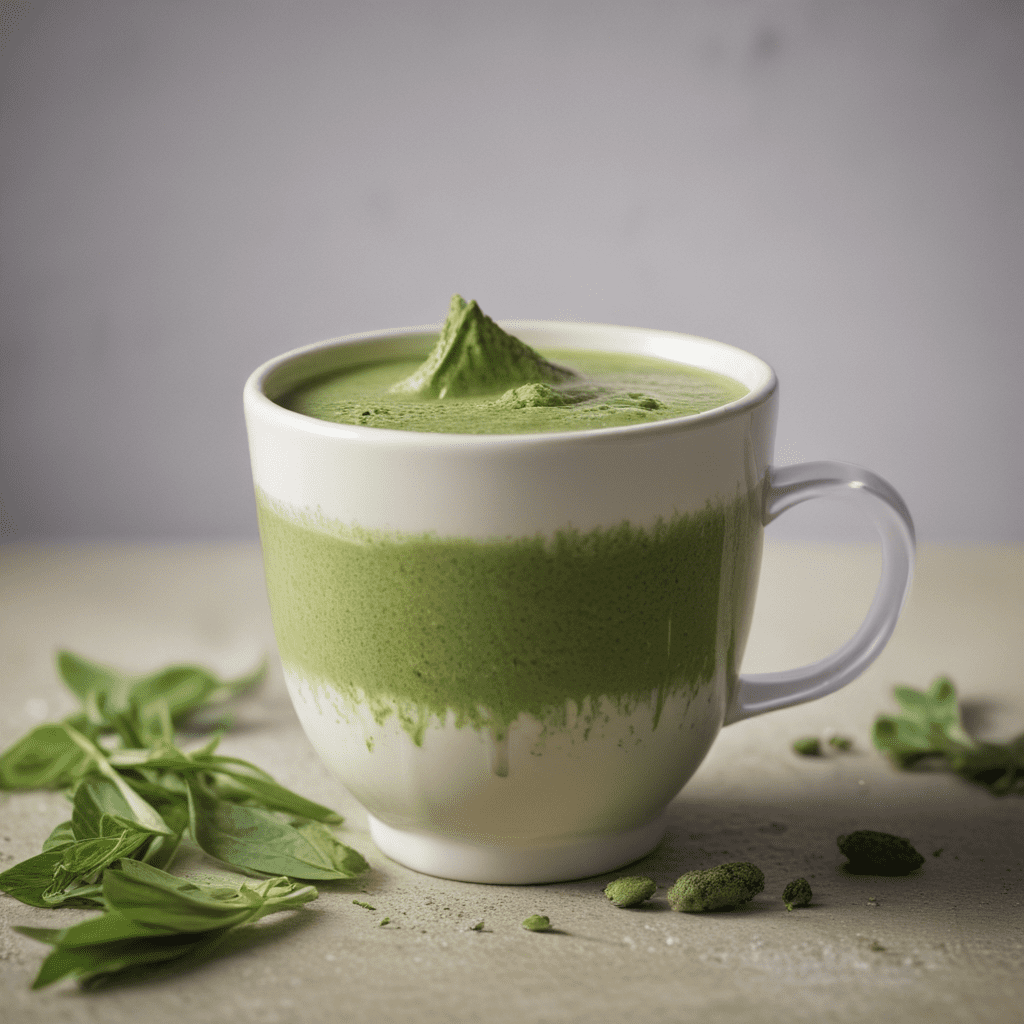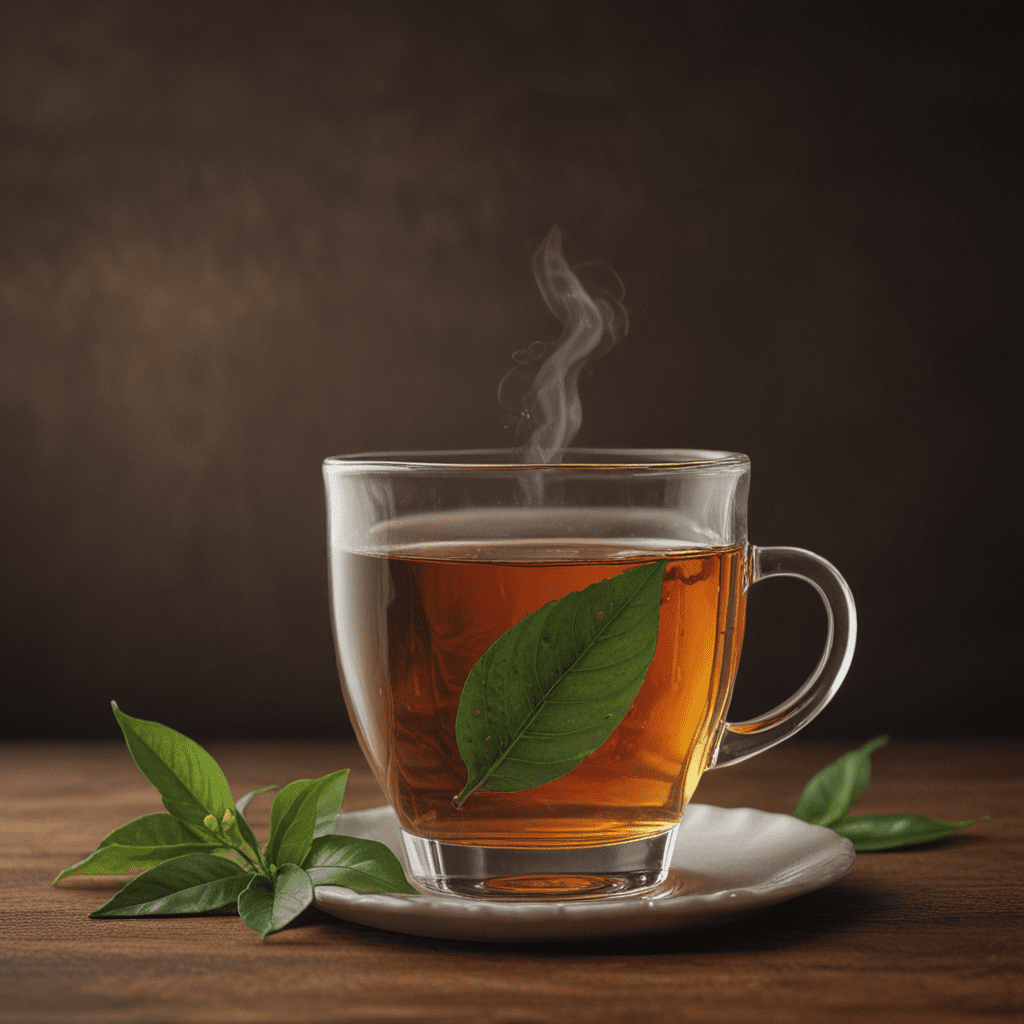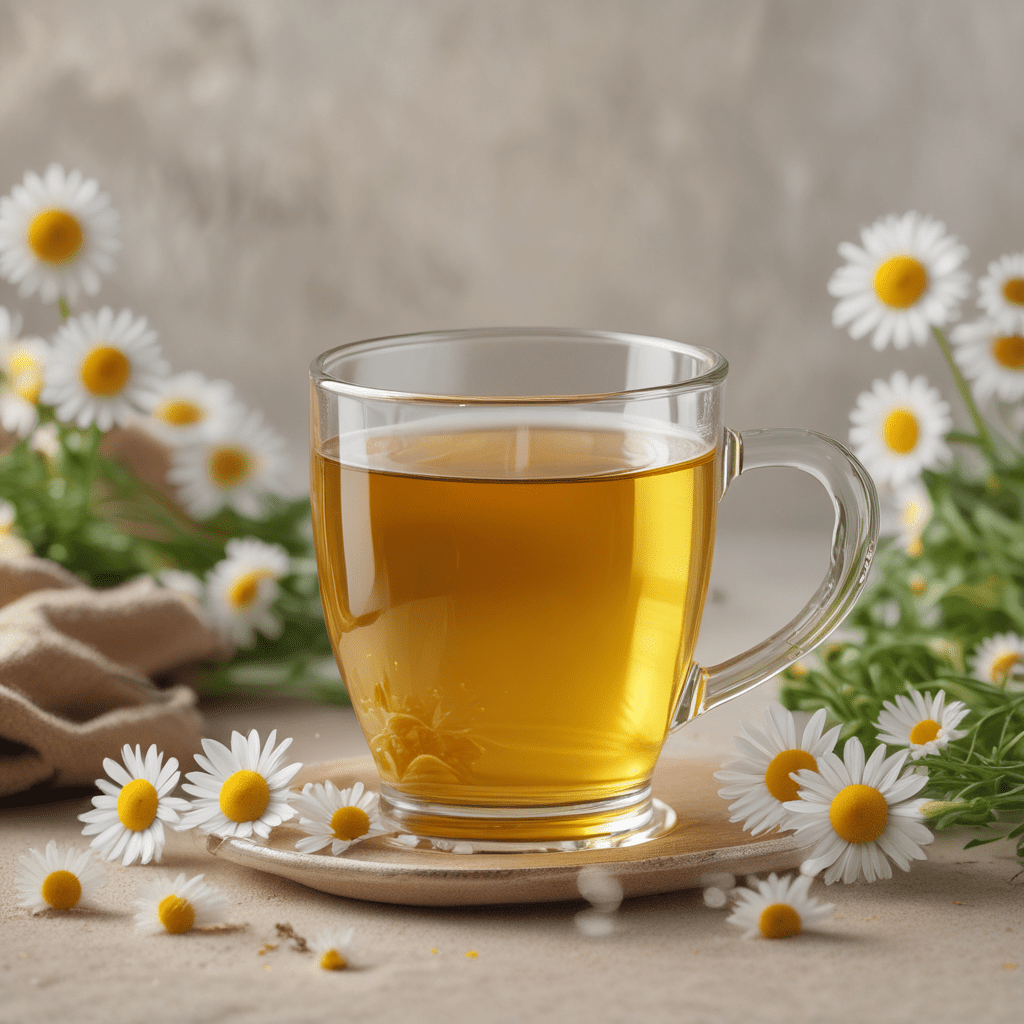
Chai Tea: Aromatic Comfort in Every Sip
I. Origins and History
Chai tea, a fragrant beverage originating from the Indian subcontinent, has captivated the world with its captivating aroma and invigorating taste. Its rich history dates back centuries, with roots in ancient Ayurvedic medicine and traditional Indian culinary practices. Chai, meaning "tea" in Hindi, was initially brewed as a medicinal concoction to promote well-being. Over time, it evolved into a beloved social elixir, enjoyed in homes, tea stalls, and bustling markets.
II. The Art of Blending Spices
The essence of chai lies in its harmonious blend of aromatic spices. Traditional recipes often include cardamom, cinnamon, cloves, ginger, and peppercorns, each contributing unique notes to the symphony of flavors. The proportions and combinations of spices vary regionally, giving rise to diverse chai experiences. Some blends may emphasize the warmth of cinnamon, while others highlight the invigorating zest of ginger. The art of blending spices is a delicate balance, requiring expertise and a deep understanding of their individual properties.
III. The Perfect Steep: Time and Temperature
Brewing chai is a ritual that demands precision and patience. The optimal steeping time allows the spices to fully infuse their flavors into the tea, while the water temperature plays a crucial role in extracting the desired compounds. Generally, black tea leaves are steeped in hot water between 195-205°F (90-96°C) for 5-7 minutes. Experimentation is encouraged to find the perfect balance of steeping time and temperature that suits individual preferences.
IV. Health Benefits: A Natural Elixir
Beyond its sensory appeal, chai tea is renowned for its potential health benefits. The spices used in its preparation possess antioxidant and anti-inflammatory properties, supporting overall well-being. Studies have suggested that regular consumption of chai may reduce the risk of chronic diseases, improve digestion, and boost immunity. Ginger, a common ingredient in chai, is known for its ability to alleviate nausea and promote healthy blood circulation. The soothing properties of cinnamon and cardamom can help reduce stress and promote relaxation.
V. Pairing with Sweets and Snacks
Chai tea's versatility extends to its pairings with a wide range of sweets and snacks. Its bold flavors complement the sweetness of pastries, biscuits, and cakes. In many cultures, chai is traditionally served with pakoras, a savory fritter made with vegetables or meat. The aromatic spices in chai enhance the flavors of these accompaniments, creating a harmonious culinary experience.
VI. The Ritual of Chai: A Moment of Mindfulness
Chai is more than just a beverage; it is a ritual steeped in tradition and mindfulness. In many cultures, chai is prepared with care and shared among family and friends. The act of brewing and sipping chai encourages a sense of calm and contemplation. The aromatic spices stimulate the senses, inviting a moment of pause amidst the hustle and bustle of daily life. Whether enjoyed in solitude or in the company of others, chai serves as a catalyst for relaxation and rejuvenation.
VII. Global Variations: Chai Around the World
Chai's popularity has spread far beyond its Indian origins, captivating tea enthusiasts worldwide. Each region has its unique interpretation of this beloved beverage, reflecting local tastes and traditions. In Afghanistan, chai is often brewed with green tea and flavored with pistachios, while in Tibet, it is typically made with yak butter and salt. In Malaysia, chai is known as "teh tarik" and is prepared with condensed milk, creating a creamy and frothy treat. The diverse variations of chai showcase its adaptability and the endless possibilities for culinary exploration.
VIII. The Spice Trade: Chai's Influence on Culinary Traditions
The spice trade played a pivotal role in the dissemination of chai around the world. As traders traveled along the ancient Silk Road, they introduced chai to different cultures, where it was embraced and adapted to local palates. The spices used in chai, such as cardamom, cinnamon, and cloves, became highly sought after, influencing culinary traditions far beyond the Indian subcontinent. Chai's unique blend of flavors has left an enduring legacy on global cuisine, inspiring countless dishes and beverages.
IX. Chai and Culture: Symbolism and Tradition
Chai holds a deep cultural significance in many societies. In India, it is often served as a welcome drink to guests and is an integral part of religious ceremonies. In Arabic culture, chai symbolizes hospitality and friendship, and it is often offered as a gesture of goodwill. In Pakistan, chai is considered a national beverage and is enjoyed throughout the day, from morning to evening. The ritual of chai transcends its culinary value, connecting people and fostering a sense of community.
X. Modern Adaptations: Deconstructed and Reimagined
In recent years, chai has undergone a culinary renaissance, with modern adaptations emerging to cater to diverse tastes. Deconstructed chai, for example, presents the individual components of the beverage separately, allowing tea enthusiasts to customize their experience. Chai-infused desserts, such as cakes, cookies, and ice cream, have also gained popularity, offering a delightful twist on the traditional beverage. The reimagination of chai reflects its enduring appeal and its ability to adapt to evolving culinary trends.
FAQs
- What is the difference between chai tea and regular tea?
Chai tea is a blend of black tea and aromatic spices, while regular tea typically refers to black tea leaves brewed without spices.
- How do I make chai tea at home?
To make chai tea at home, steep black tea leaves in hot water with a blend of spices, such as cardamom, cinnamon, cloves, ginger, and peppercorns.
- What are the health benefits of chai tea?
Chai tea is rich in antioxidants and anti-inflammatory compounds, which may support overall well-being, reduce the risk of chronic diseases, and improve digestion.
- Can I drink chai tea every day?
Yes, chai tea can be enjoyed daily in moderation. However, it is important to note that the caffeine content in chai may vary depending on the type of tea used.
- What is the best way to store chai tea?
Chai tea should be stored in an airtight container in a cool, dry place.


